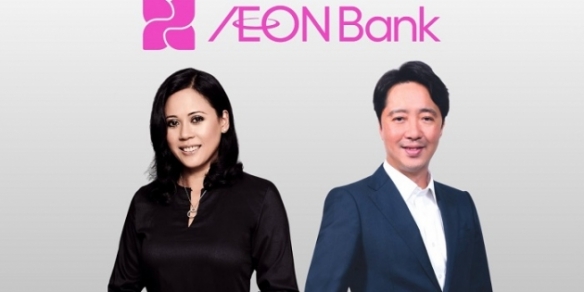Mobility is more than a game-changer
By Mark Micallef December 1, 2014
- Organisations have to conduct business across borders, embrace 24/7 work culture
- They have to find ways to manage their workflow, engage employees, and collaborate
 WITH more than seven billion mobile devices in the world today, and a 30-fold increase in connected devices by 2020, technology is moving at an unprecedented pace.
WITH more than seven billion mobile devices in the world today, and a 30-fold increase in connected devices by 2020, technology is moving at an unprecedented pace.
The Internet of Things (IoT) is bringing devices and technology together, and the evolution of wearables is only just beginning.
It is not just technology that is changing – the way we incorporate it into our daily lives is constantly evolving.
Blending international cultures at work

Today’s workforce is getting more tech-savvy with mobile phone worldwide penetration expected to rise from 61.1% in 2013 to 69.4% in 2017.
This has greatly influenced employee expectations of how work is done. The convenience and other benefits brought about by technology have resulted in a workforce that is demanding greater flexibility at work.
Work is no longer defined by traditional measures of workdays, hours nor even office locations. Individuals are now equipped with technology that gives them the ability to work whenever and wherever they want.
Presently, many companies work with partners, customers and many different parties across geographical boundaries and time zones.
In order for organisations to be resilient and respond quickly to changing business circumstances and opportunities, they have to conduct business across borders and embrace a 24/7 work culture.
Collaborative tools help organisations achieve that. For instance, integrated video-conferencing tools allow the bridging of human contact. Through this, human relationships are largely strengthened, especially in cross-cultural relationships, enabling a truly global, connected world.
In the near future, augmented reality is also expected to usher in new ways for people to socialise and connect across time zones and geographies on-demand and on the go.
Boosting work efficiency
Technological advancements have also massively assisted working professionals in boosting work efficiency.
Take a look at the healthcare industry, for instance. Apart from making the archiving of electronic medical records (EMRs) more efficient and accurate, solutions provide on-the-move healthcare professionals with ready access to critical clinical information for real-time patient monitoring on any device.
This ultimately improves healthcare professionals’ decision-making abilities and patient response time.
The mobile workspace is all about workflow transformation and information exchange. With this foundation established, perhaps we can look forward to even more intuitive and interactive IT systems in the future.
For instance, in the hospital of the near future, electronic medical records may be able to predict, within reason, what healthcare professionals need to do, or provide them with the ability to respond to changing medical circumstances.
Such electronic surveillance and analyses will enable an early warning system that will help industries be more prepared and more able to respond better.
An ageing population

Asia is made up of both advanced and emerging countries, each at varying levels of economic development, and diverse cultural values.
However, there is a common thread throughout the region – an increasingly ageing population. For instance, the ratio of the working-age population to the elderly in Singapore is set to decline sharply, from about eight to one, to 3.5 working-age individuals per elderly resident by 2030, and similarly, Indonesia’s elderly population is expected to grow more than three times by 2050 since the millennium.
These demographic changes inadvertently have economic implications.
Apart from government efforts to make workplaces more family-friendly and productive, technology also has the potential to help countries cope with this change.
Leveraging technology to implement flexible work arrangements, such as telecommuting or mobile workspaces, is necessary for employers to attract and retain staff.
In a region where most countries tend to favour family care over institutionalisation, technology is particularly valuable in enabling flexible work arrangements so that employees have time to look after the older generation.
Solutions, such as cloud networking, desktop and application virtualisation have made this a reality. In the near future, these solutions may just be what the region needs to overcome issues brought on by an increasingly ageing population.
The value of technology is almost meaningless, unless measured by the benefits it brings to people. Advancement and innovation in technology is driving the future of work into one that is knowledge-based, unbound by physical locations, and where collaboration takes precedence.
In order to unlock the full economic potential of Asia, it is critical that businesses strive to provide new ways to manage their workflow, engage employees, and collaborate with businesses in and out of the region.
Uniting various technologies, such as virtualisation, networking, cloud and mobility management solutions, can help organisations to better embrace business mobility.
This will enable organisations to achieve new levels of cost savings, innovation, productivity, agility, and employee satisfaction.
Mark Micallef is the Asean area vice president at Citrix.
Related Stories:
Understanding the mobile revolution: Trends to watch
Your own ‘Personal Digital Advantage’ in the workplace
Fragmentation of APeJ enterprise mobility market expected: IDC
For more technology news and the latest updates, follow @dnewsasia on Twitter or Like us on Facebook.


